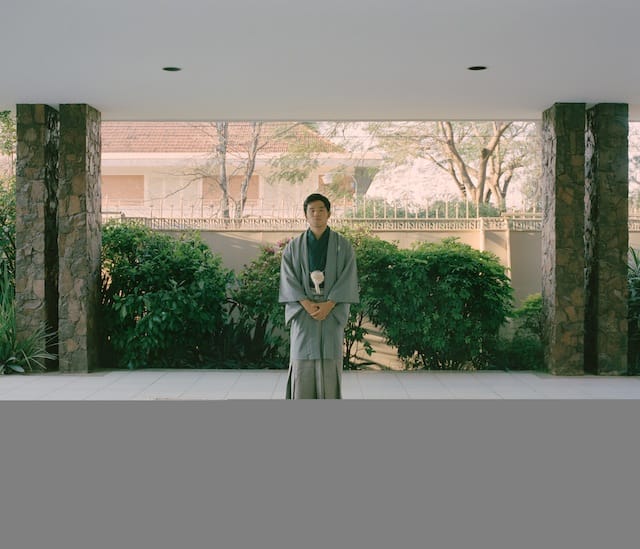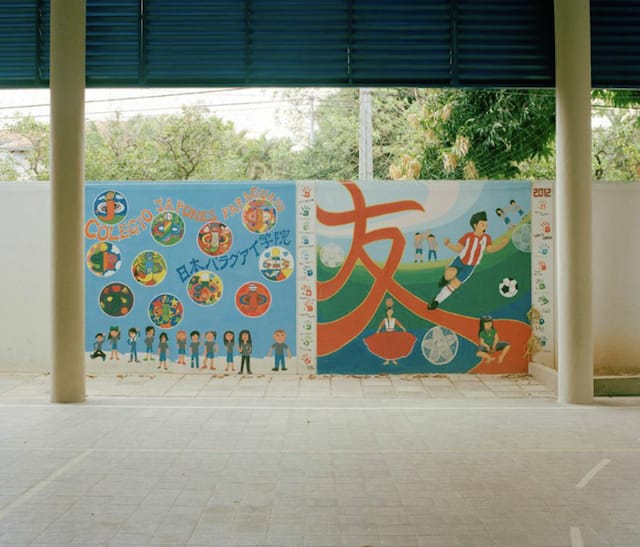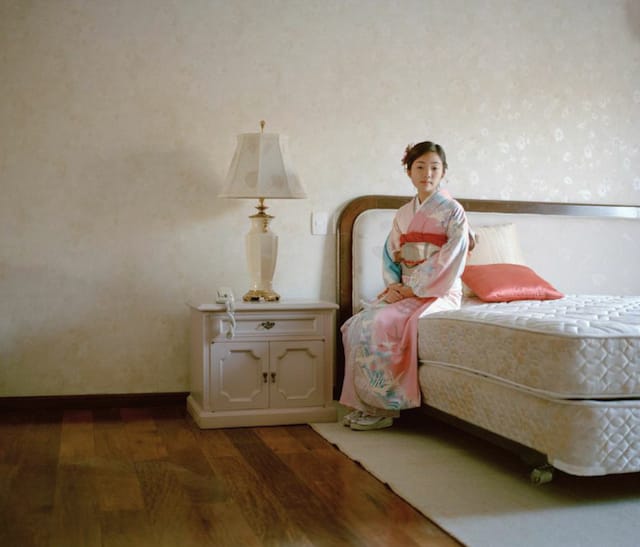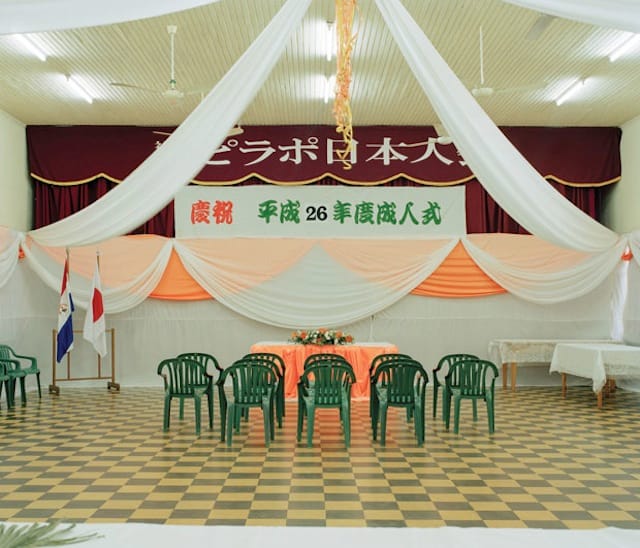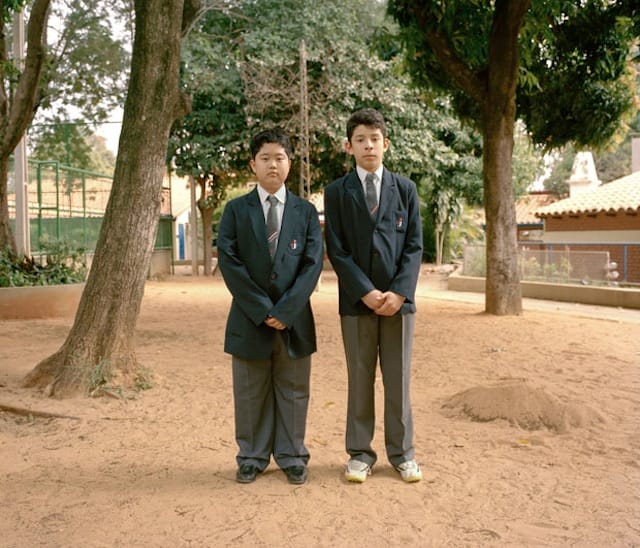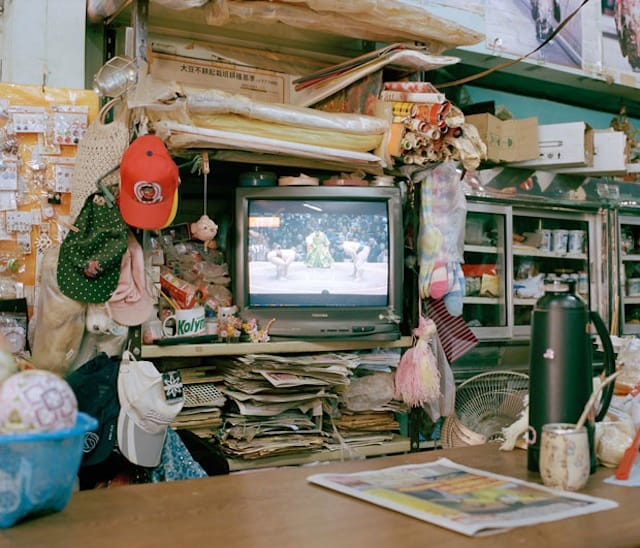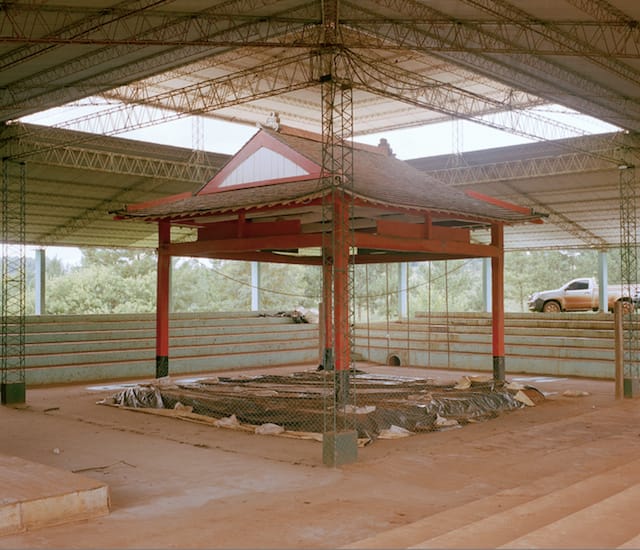Japanese-Paraguayan Photographer Searches for a Homeland
Leaving one’s country to make a new life in another can be an isolating experience, but growing up as the child or grandchild of an immigrant can also be lonely in its own way. Photographer Ricardo Nagaoka knows this firsthand.
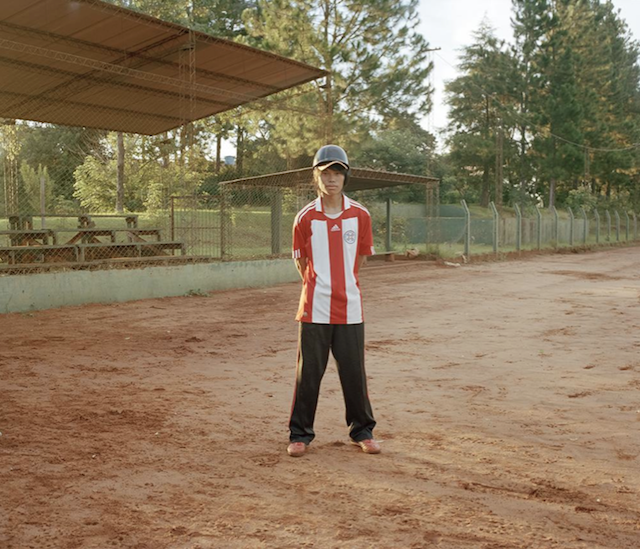
Leaving one’s country to make a new life in another can be an isolating experience, but growing up as the child or grandchild of an immigrant can also be lonely in its own way. Photographer Ricardo Nagaoka knows this firsthand. His grandparents were part of a diaspora that fled World War II-era Japan for South American soil. Having spent the first 12 years of his life in Paraguay, he is a sansei — a Japanese word used to distinguish children of parents born in a different country.
“I am Japanese by blood, but Paraguayan by nationality,” Nagaoka told Hyperallergic. While still a child in Asunción, the photographer felt confused about who he was and where he belonged. Those feelings were compounded in 2005, when his father uprooted the family for a new job in Ontario, Canada. Severe culture shock became the catalyst for his ongoing exploration of his cultural identity. “I am considered a foreigner in both Japan and Paraguay, which is accentuated by the homogeneity of both countries,” he explained. “This leads to the paradox that exists in my work: I am an insider looking out, while also being an outsider looking in.”
The photo series A Distant Land is Nagaoka’s most recent attempt to make sense of his heritage. It captures Asunción’s Japanese community, which the 21-year-old said is becoming more and more integrated into Paraguay’s urban areas — even while the local Japanese Association continues staging Seijn-shiki celebrations and seasonal festivals to teach the new generation about their grandparents’ traditions. “As the younger generation grows up, it is becoming increasingly apparent that the Japanese culture is being slowly diffused as people like me become farther removed from Japan,” he said.
The photographs are intimately familiar to anyone who’s had to straddle two cultures — an experience that’s becoming more common with globalization, and as war and violence displace greater numbers of people from their homelands. “To be honest, I still struggle with my identity as a Japanese Paraguayan,” Nagaoka said. “The objective of my work is not to find answers, but rather to start a discussion about the prevalent issues that exist in immigrant subcultures.”
* * *
